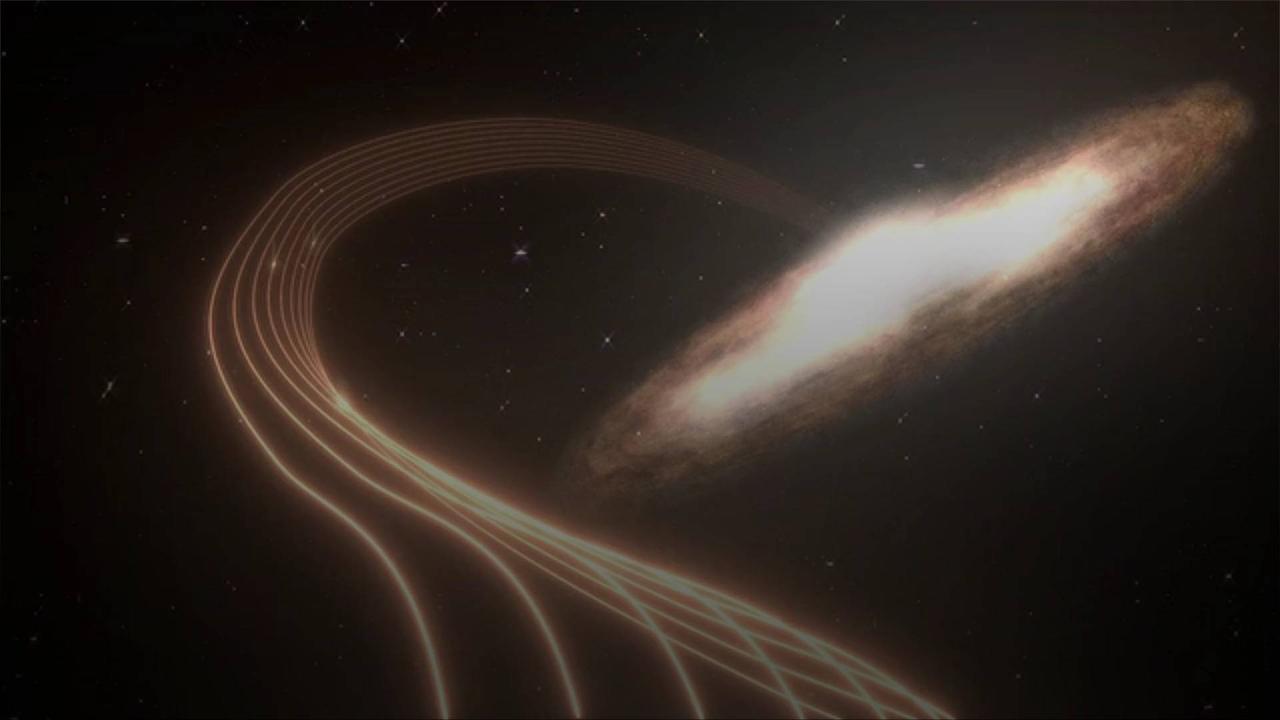Halley's Comet Is About to Return From the Outer Solar System

Halley's Comet Is About to Return From the Outer Solar System
Halley's Comet Is, About to Return From , the Outer Solar System.
After nearly 40 years, Halley's comet will once again reach its furthest point from the Sun and begin its return journey back toward Earth.
.
'The Byte' reports that the comet will reach its "aphelion" on December 9, which represents the middle point of Halley's elliptical orbit through the solar system.
The comet was named for 18th century English astronomer Edmond Halley.
.
Halley hasn't been visible from Earth since 1986.
.
In 2003, the European Southern Observatory's Very Large Telescope captured images of the comet on the outer edges of our solar system.
After hitting its aphelion near Jupiter, its long journey through space will next bring the comet past Earth in the year 2061.
'The Byte' reports that the debris from the tail of Halley's comet is still visible from Earth in the form of the Eta Aquariids meteor shower.
.
Between late April and early May, Earth passes through remnants of the comet, with those in the Northern hemisphere able to see 10 to 20 meteors per hour.
.
Before the end of 2023, Earth will also see the peak of the Geminids meteor shower on December 13 and 14.
.
NASA meteor expert Bill Cooke told Space.com that this year's viewing conditions for the meteor display are supposed to be exceptional.


![SpaceX rescue mission to bring stranded astronauts back to Earth docks at ISS [Video]](https://video.newsserve.net/300/v/20240930/1388899152-SpaceX-rescue-mission-to-bring-stranded-astronauts-back.jpg)
![NASA's largest-ever planetary spacecraft is due to launch next month [Video]](https://video.newsserve.net/300/v/20240926/1388554564-NASA-largest-ever-planetary-spacecraft-is-due.jpg)
![NASA preparing mission to bring stranded Boeing Starliner astronauts back to Earth from ISS [Video]](https://video.newsserve.net/300/v/20240925/1388452794-NASA-preparing-mission-to-bring-stranded-Boeing-Starliner.jpg)